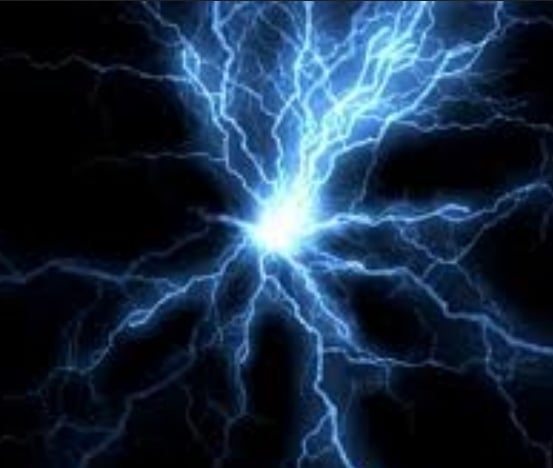cross-posted from: https://lemmy.world/post/13816618
Scientists Put Tardigrade Proteins Into Human Cells. Here’s What Happened.
Freeze 'em, heat 'em, blast them into empty space; with survival skills unlike any other organism on the planet, those hardy critters known as tardigrades will only come back for more.
Tardigrades have already shown they can survive hot and cold temperatures and high levels of radiation that would be fatal to human beings, and long periods without any water – normally so essential to life. They can even survive in space.
Previous research has revealed an impressive number of tricks that tardigrades use to stay alive, built up over hundreds of millions of years. Essentially, they’re very good at slowing the processes of life right down with the help of CAHS D, and that could be useful in human cells too.
Amazingly, when we introduce these proteins into human cells, they gel and slow down metabolism, just like in tardigrades.
Early signs are promising in several areas, including the way the proteins are smartly activated when environmental stress is present, and deactivated when it isn’t.
When the stress is relieved, the tardigrade gels dissolve, and the human cells return to their normal metabolism.
Scientists did WHAT
You got Tardigrade in my Human!
You got Human in my Tardigrade!
Stamets did WHAT?!
Looks like we are on track for the Eugenics Wars after all
I volunteer to be Bashir!
How’s your tennis game, Doctor?
Garak has entered the chat
Well, hello there!
Maybe even before the Irish Unification.
Ok, so is this the prequel to Discovery or the prequel to Space Seed?
Yes.
“When you put human cells that have these proteins into biostasis, they become more resistant to stresses, conferring some of the tardigrades’ abilities to the human cells.”

Through harnessing tardigrade proteins, we could potentially alleviate damaging effects of long-term stasis on the human body, which is one of the key inventions necessary for true interplanetary travel/space exploration. The other, would be stable cold fusion.
I still hope to see these problems solved within my lifetime
What do you mean by Cold Fusion?
Maybe this research will become how we travel long distances in space?
This is as interesting as the time I learned from an expert talking about research into aging that technically younger animals (and likely people) can experience aging if they’re injected with the blood of an older counterpart, suggesting (among other arguments he made) not just that it’s “contagious” but that aging should be treatable and youthful physical health could be extendable to longer ages.
Alternatively, you can have rejuvenating effects on cells by injecting older patients with a young persons blood.
It’s cool, but any time I start thinking about it, I end up flooded with horrible depictions of dystopian levels of abuse that’s likely to result from this becoming a trend among the uber-rich.
Twenty years ago my grandmother was dying of old age. She didn’t have any specific disease or diagnosis. She was just 92 and her body was shutting down. Whenever she was hospitalized for general organ failure they would give her a blood infusion and she would rebound.
Yes, everyone in the family made the same grim vampire jokes.
No one asked for her to receive this treatment, and she was definitely not well off financially. Her treatment was entirely driven by the medical staff. The only money being collected was through Medicare.
In retrospect, I’m more than half-way wondering if they were collecting data.
It already is. They just don’t advertise it because duh.
You’re almost awake, citizen. Keep going.
The current zeitgeist is using young pig plasma (no antigens for rejection), so if that pans out, less vampire dystopia, more bacon… Eventually they’ll isolate the needed factors, and it’ll be an x-monthly shot, and then a pill.
worst title ever
But actually what they did, so, not really.
Considering your username and the absolute lack of any sexy peaches, I’m left to presume you mean the opposite. 🤔









